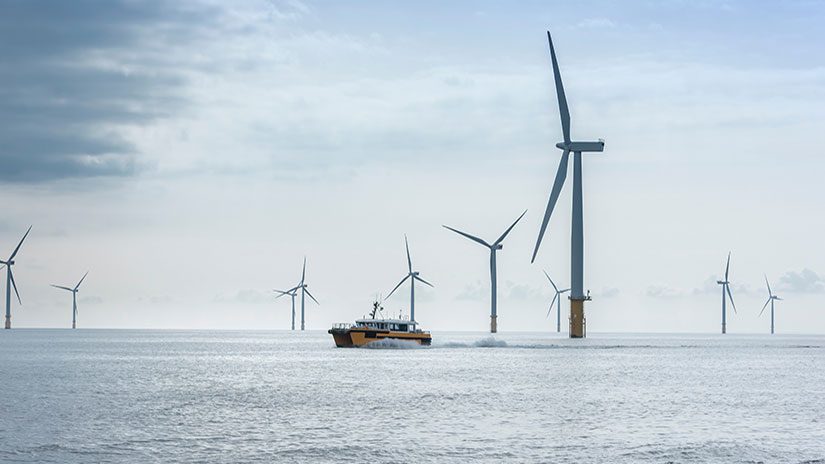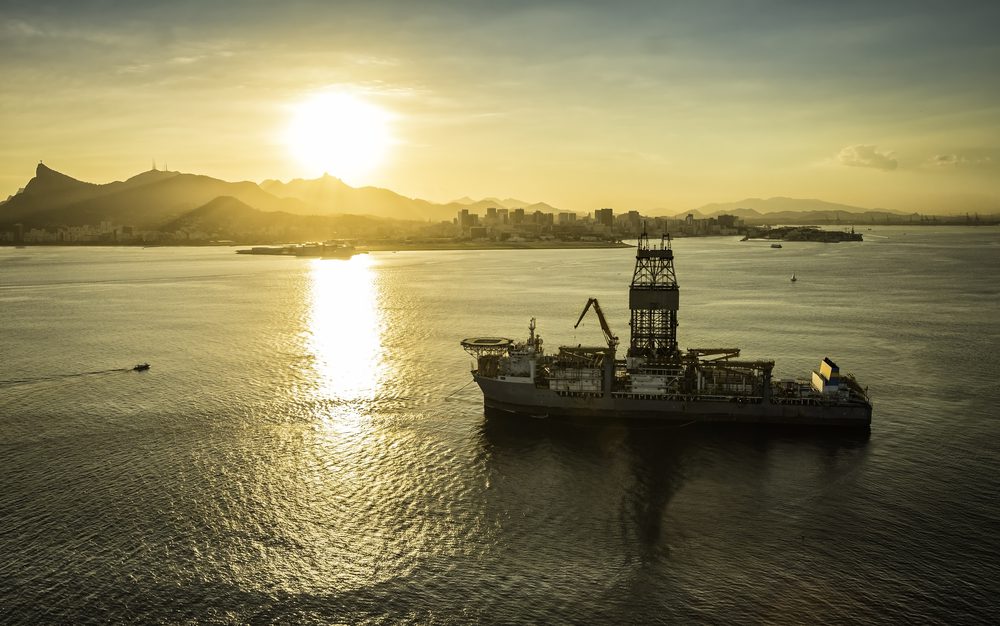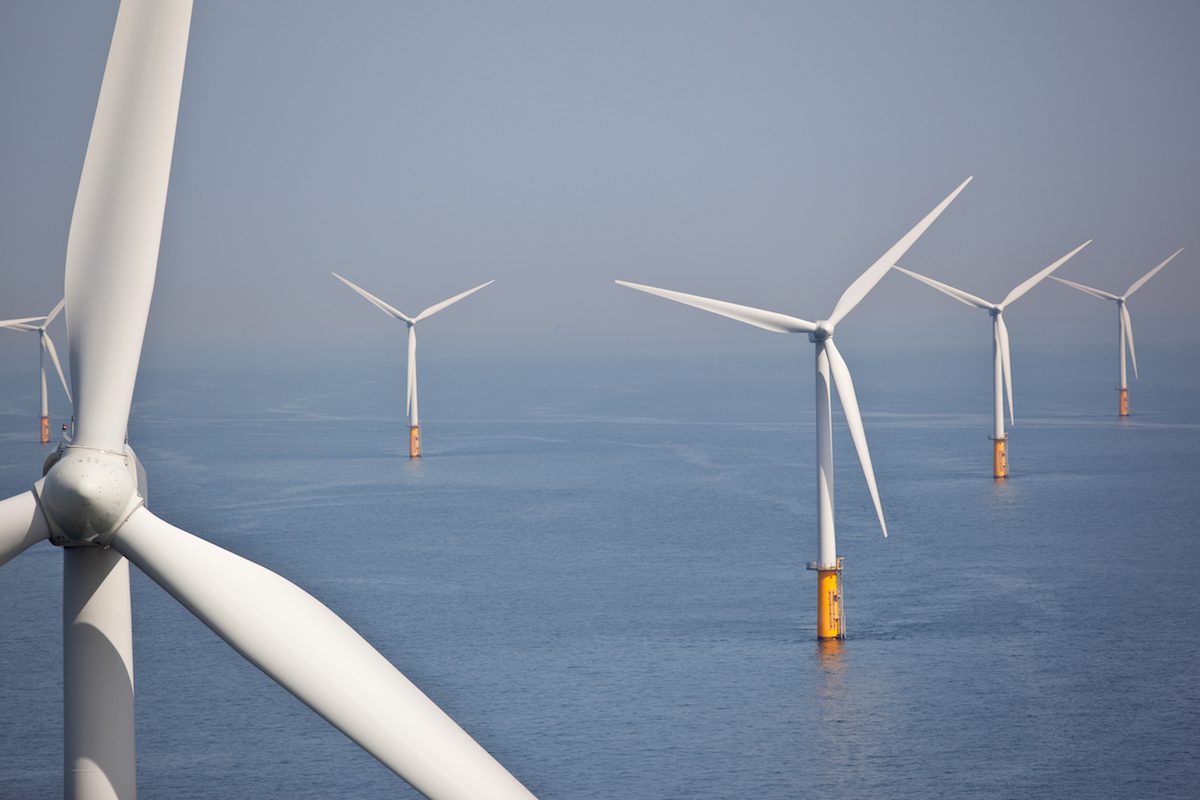Teun van den Dries / Shutterstock
By Meghan Lapp – The Jones Act, or Merchant Marine Act of 1920, has been the foundation of U.S. maritime commerce for 100 years, requiring coastwise trade, i.e. transport of merchandise between two U.S. points, to be conducted on U.S.-flagged, U.S.-owned, U.S.-built vessels, which must be crewed by a minimum of 75% U.S. citizens and/or permanent U.S. residents. It is enforced by Customs and Border Protection (CBP) within the Department of Homeland Security, which rules on Jones Act disputes.
The Act differentiates between “merchandise” and “vessel equipment”. Vessels carrying “merchandise” between U.S. points must comply with the Jones Act standards of U.S.-flagged, U.S.- owned, U.S.-built, U.S.-crewed vessels. Those carrying merely “vessel equipment”, which has been defined since 1939 as “portable articles necessary and appropriate for the navigation, operation or maintenance of the vessel and for the comfort and safety of the persons on board”, are exempt. Customs and Border Protection has interpreted “merchandise” to mean almost anything on a vessel, whether or not it is for sale or has commercial value. What constitutes “vessel equipment” has been historically determined by a series of CBP rulings which apply to specific cases. Typical “vessel equipment” have been such items as rope, table silverware, nuts and bolts for use onboard a vessel.
On October 23, 2019, Customs and Border Protection issued a bulletin, “Proposed Modification and Revocation of Ruling Letters Relating to CPB’s application of the Jones Act to the Transportation of Certain Merchandise and Equipment Between Coastwise Points” (see page 12).
The proposed modifications and revocations would redefine “vessel equipment” to include “those items that aid in the installation, inspection, repair, maintenance, surveying, positioning, modification, construction, decommissioning, drilling, completion, workover, abandonment or similar activities or operations of wells, seafloor or subsea infrastructure, flowlines, and surface production facilities” and remove certain Jones Act requirements from “lifting operations”.
While the newly proposed language claims to restrict an “overbroad” interpretation of “vessel equipment”, it, in fact, broadens the legal definition of “vessel equipment”. It does so in a way that could never have been envisioned by Congress in 1920, but yet has the potential to drastically change the way business is conducted in US waters.
The proposed CBP language changes and other ruling revisions contained in the bulletin will have implications for various U.S. offshore marine sectors, for example, oil and gas and related offshore supply sectors. However, there are also implications for a very different industry now competing for the U.S. coastline: that of offshore wind.
All current offshore wind leaseholders are foreign-owned entities, and it is unclear how the offshore wind sector has planned to comply with the Jones Act, as publicized contracts with foreign-flagged, non-Jones Act compliant, offshore turbine installation vessels have already been signed.
But, as each turbine would be a “U.S. point”, and installation vessels would be moving from point to point constructing dozens, if not hundreds, of turbines situated very close to each other- a situation different from that of offshore oil and gas- current interpretations of the Jones Act may prove problematic if installation were to be conducted on foreign-flagged vessels.
Broadening the legal definition of “vessel equipment”, which currently is very narrow, to include all items necessary for installing offshore wind turbines, as well as modifying the Jones Act requirements for lifting operations, would appear to be a de facto Jones Act waiver for offshore wind construction vessels.
Another aspect of the Jones Act pertinent to this matter is its role in national security, which has taken on potentially greater importance post-9/11. Section 1 of the Act opens by stating, “It is necessary for the national defense and for the proper growth of its foreign and domestic commerce that the United States shall have a merchant marine of the best equipped and most suitable types of vessels sufficient to carry the greater portion of its commerce and serve as a naval or military auxiliary in time of war or national emergency”.
In fact, the U.S. Merchant Marine and capability of U.S. shipyards to build and maintain vessels has been called our “4th arm of defense”. Since the September 11, 2001 attacks and increased chances of terrorism on U.S. soil, the Jones Act requirements that vessels engaging in coastwise trade in U.S. waters be U.S.-flagged and U.S.-crewed go a long way to reducing terrorist threats originating in our waterways and coastlines, as well as reducing the burden on U.S. security agencies required to police these areas.
Currently, the Jones Act can be waived if it is “necessary in the interest of national defense”, and automatic waivers are granted only upon request by the Secretary of Defense. Discretionary waivers, which must also meet the national defense standard, may only be granted by the Secretary of the Department of Homeland Security after consultation with MARAD. Waivers to the Jones Act in recent years- for example, in order to respond to national emergencies such as Hurricanes Harvey, Irma and Maria- have only been issued after this approval from DHS and only for a specified time period.
Consequently, the related impacts should be considered before the CBP adopts any new policies. For example, what would be the national security implications of allowing fleets of non-Jones Act compliant vessels to construct hundreds, potentially thousands, of offshore wind turbines 12-20 miles off the East Coast for several years, while potentially receiving turbine components, bases, etc., from vessels arriving from foreign ports where the components are manufactured? How will CBP or DHS ensure the security of vessels, crews, and new U.S. points?
As offshore wind is a new introduction to U.S. shores with distinct aspects that set it apart from the more established oil and gas industries, and includes proximity to major population and governance centers such as New York, Boston, Norfolk and Washington D.C., it would seem that these types of discussions would require the definition changes being proposed by CBP’s bulletin to be discussed more broadly by the security and intelligence communities, including Congressional Committees, prior to approval.
It is surprising that such a major language change would originate in a mere CBP bulletin, rather than the halls of Congress, particularly considering the Congressional attention typically paid to Jones Act issues. The proposed revisions have not even been posted in the Federal Register for public rulemaking, and it is not clear if they will be. Written public comments are not being taken electronically but may only be submitted via snail mail to an address designated in the bulletin. Submitted comments may only be inspected at this physical address in person during regular business hours, with such appointments made in advance by calling the number provided.
From my position in dealing with U.S. fisheries, such a major change with very little public notice or Congressional participation is extraordinary. U.S. commercial fishing vessels are required to strictly comply with Jones Act standards via a related section of the U.S. Code, as highlighted by the recent debates over the America’s Finest. In the case of that commercial fishing vessel, a Congressional waiver, signed by the President, was required to allow the vessel to fish in U.S. waters, since part of the vessel’s steel was bent in Europe in violation of Jones Act standards. This was despite the fact that it was U.S.-owned and built in a U.S. shipyard. Such waivers are extremely uncommon.
In addition, from my experience with the federal rulemaking and public process in general, I am accustomed to the Regional Fishery Management Councils being restrained in their actions to those items posted three weeks earlier in the Federal Register. Realistically, the fact of whether the Mid Atlantic Fishery Management Council takes action on dogfish one-year specifications in a particular meeting is of much less consequence than broad definition changes under the Jones Act. Yet, the CBP proposed changes are being made in an agency bulletin with virtually no open process.
In any event, and regardless of what position is taken on these issues, it would appear that Congress would be the venue to take up such broad definition changes to the Jones Act, not a mere CBP bulletin. At the very least, a Federal Register noticed public rulemaking process would be more appropriate than a bulletin where submitted comments are not readily publicly available.
Note: Public comments related to the CBP’s Proposed Modification and Revocation of Ruling Letters Relating to CPB’s application of the Jones Act to the Transportation of Certain Merchandise and Equipment Between Coastwise Points bulletin (begins on page 12) must be received on or before November 22, 2019.
Meghan Lapp is the Fisheries Liaison for Seafreeze Ltd., the largest producer and trader of sea frozen fish on the U.S. East Coast. She serves on multiple Fishery Management Council Advisory Panels and industry boards, and holds a Masters of Legal Science from Queen’s University Belfast.”
Unlock Exclusive Insights Today!
Join the gCaptain Club for curated content, insider opinions, and vibrant community discussions.

 Join The Club
Join The Club













